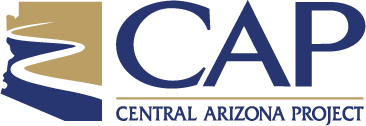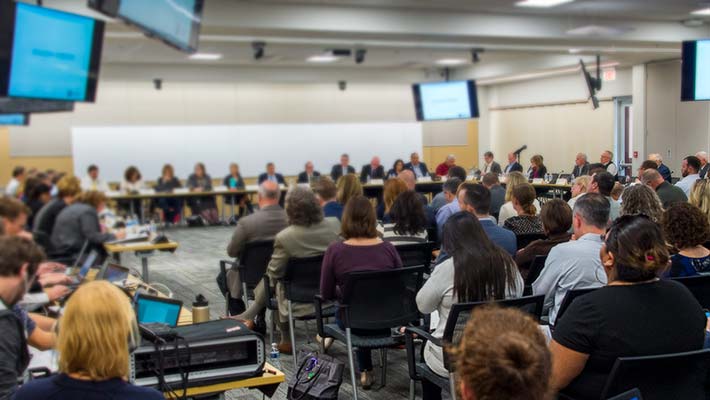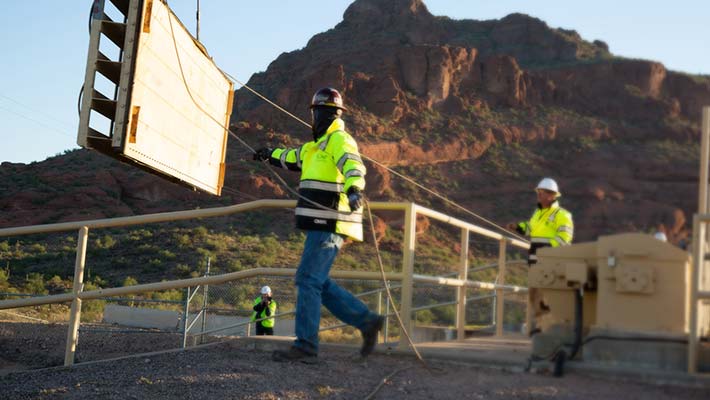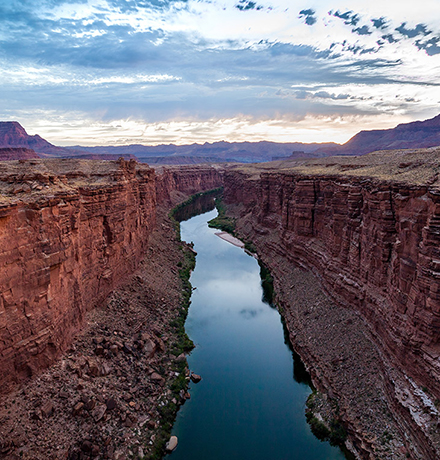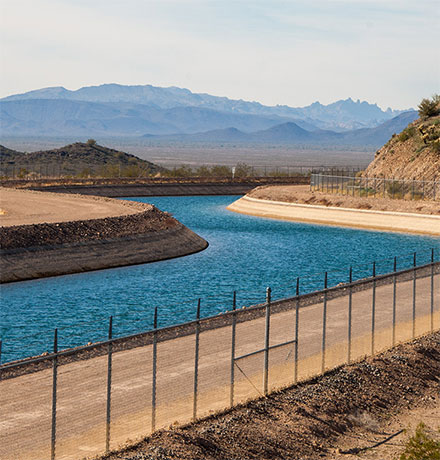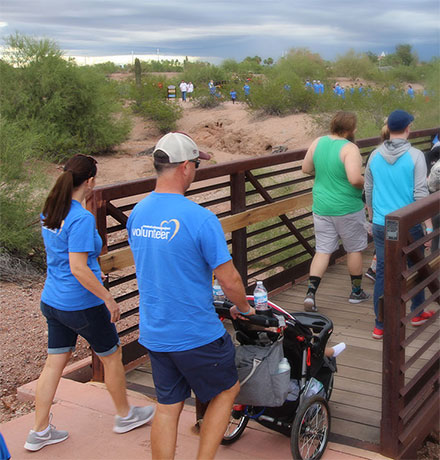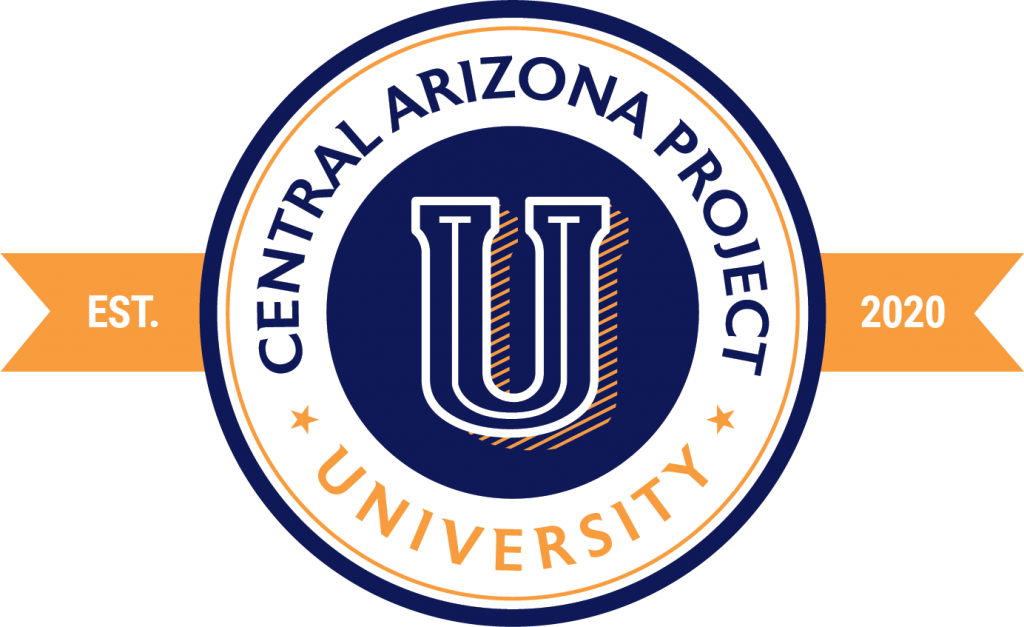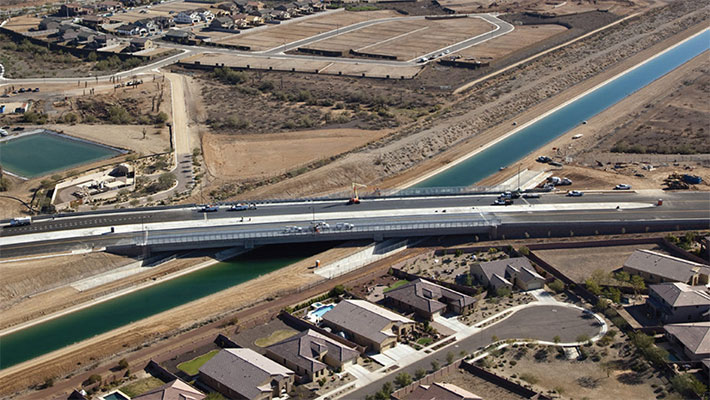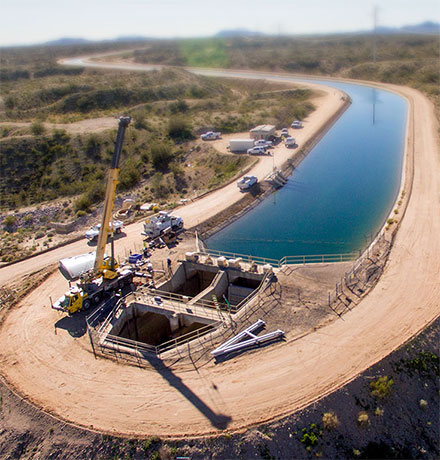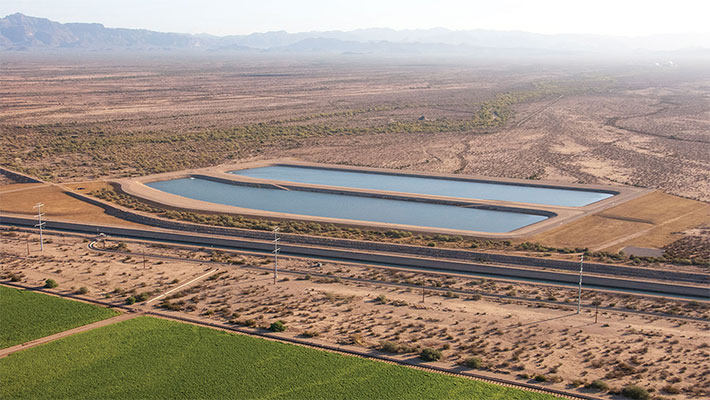Shortage Impacts
Home > CAP System > Planning and Processes > Shortage Impacts
Shortage Impacts
The Colorado River Basin continues to experience drought and the impacts of hotter and drier conditions. The Colorado River Basin is in a Tier 1 shortage for 2025. This represents a 512,000 acre-foot reduction to Arizona’s Colorado River water supply, constituting 30% of CAP’s normal supply, about 18% of Arizona’s Colorado River supply, and just under 8% of Arizona’s total water use. Nearly all the reductions within Arizona will be borne by Central Arizona Project (CAP) water users.
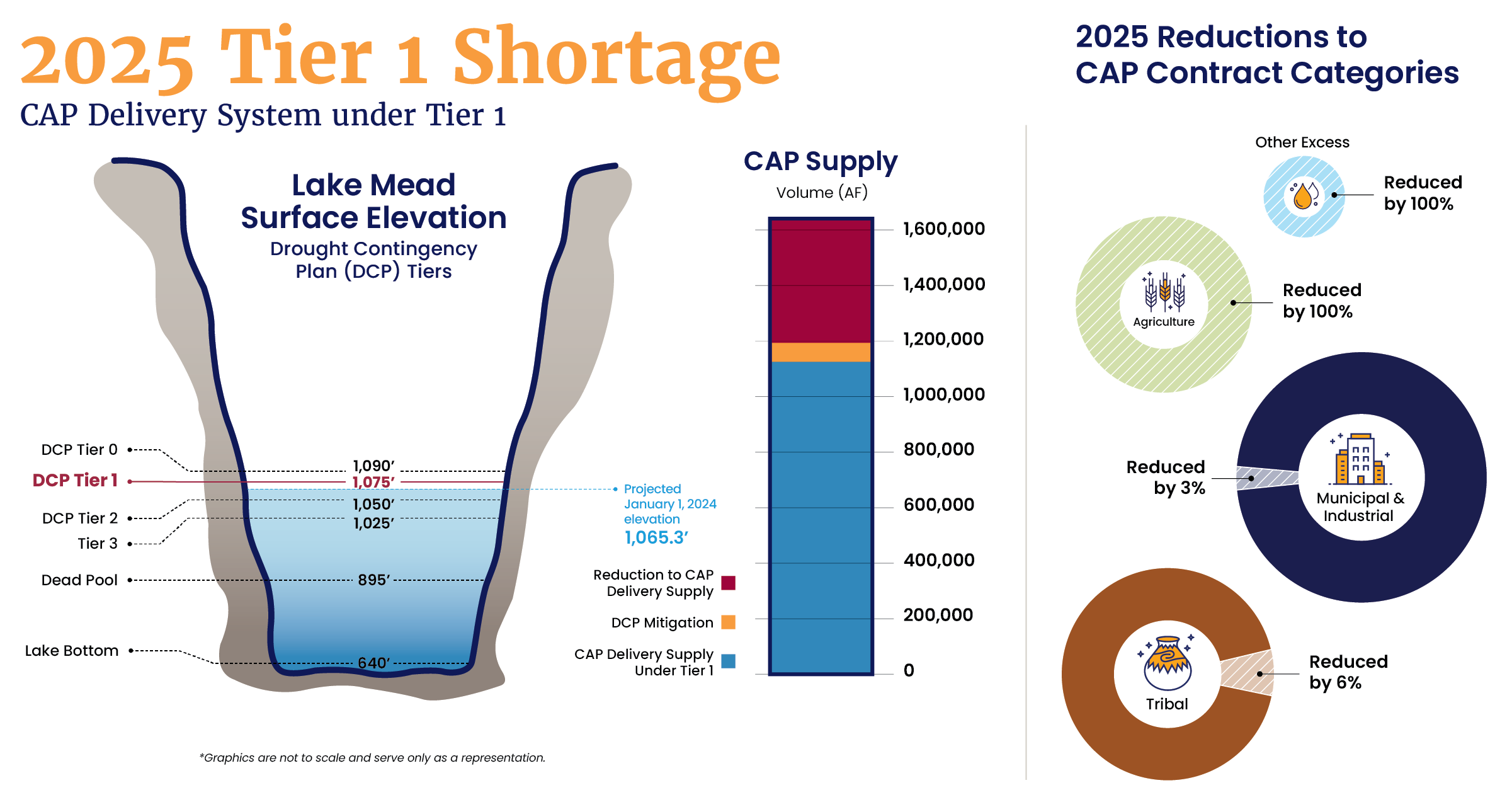
A matter of priorities
To understand these impacts, see an “explainer” on the CAP Priority System.
Impacts by Priority Pool
See impacts by priority pool, mitigation agreements and resources, and DCP agreements.
Related CAP Presentations
- June 24, 2021 Water Users Shortage Briefing
- April 29, 2021 CAP Board Meeting Joint Colorado River Shortage Preparedness Briefing
- April 1, 2021 CAP Board Meeting Preparation for Possibility of Tier One Shortage in 2022
- March 4, 2021 CAP Board Meeting Preparation for Possibility of Tier One Shortage in 2022
- February 4, 2021 CAP Board Meeting Preparation for Possibility of Tier One Shortage in 2022
